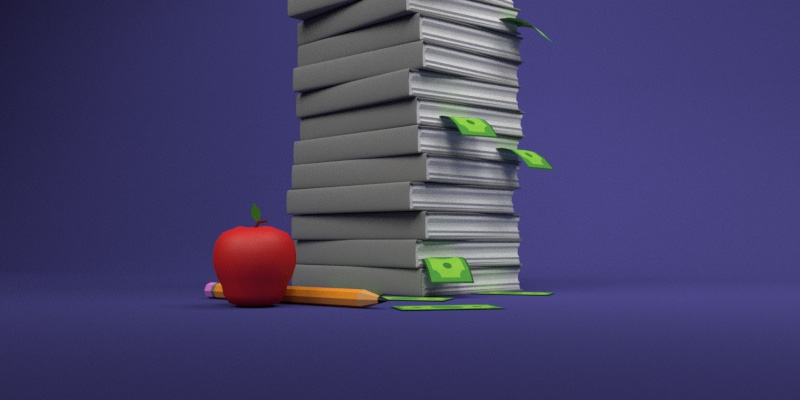Ontario teachers should shoulder greater share of strike pain

We still call them “public schools,” but they no longer consistently serve the public interest.
Ontario’s current teacher strikes make this clear. Parents and the public can only watch helplessly as the complex provincial-level negotiation process that produced the current crisis grinds along.
Not surprisingly, the fundamental issues are financial. The government is seeking to cut costs by levelling-up high school class sizes to better match those in other provinces and requiring high school students to take an online course each year. Unions representing secondary school teachers strongly oppose these moves, which is unsurprising given they stand to lose thousands of members and thus substantial fee revenues. Unions representing elementary teachers are pushing for class-size caps in the middle grades, pay raises and enriched benefits.
Both sides claim they have the quality of education and success of students at heart, and supporting arguments can be marshalled for both positions. The government points to higher average class sizes in other provinces where student outcomes are as good or better than Ontario’s, together with the need to control spending in the face of a stubborn provincial budget deficit. The unions counter with claims that smaller classes benefit students and spending restraint will have a negative impact on student learning.
Neither side has an obviously convincing argument. Student success is influenced by many factors. Smaller classes can have positive effects, but they have the greatest affect in the early grades where no changes are being made to the current rules. More importantly, these positive effects are outweighed by other classroom and school factors, especially the overall tone of the school and quality of teaching. Finally, the positive effect of smaller classes fades in higher grades so that students can do well in larger classes. And just where are these financial cuts the unions oppose? Ontario’s base education budget increased by 6.5 per cent last year and is scheduled to increase by 2.5 per cent this year. A drop in the rate of increase is not a cut in actual spending.
Much more could obviously be said on both sides, but it’s unlikely deeper study and further argument would resolve the current dispute. As long as the teacher unions wield as much power as they currently do, we and our children and grandchildren may be destined to suffer through a continuing escalation of their confrontational tactics.
But we haven’t completely forfeited our influence over public schools. We elect the government with the expectation it will implement policies for the good of all. In the current impasse the Ford government is seeking to implement measures it believes will best serve public education. If we, the people, judge those changes to have been ill-advised, we can vote in a new government at the next election. We have no such control over the teacher unions—that’s up to the teachers.
It’s ultimately up to the government to reach a workable settlement or legislate an end to the disruption. The school boards and government could consider locking out the teachers in an attempt to force a settlement. Such drastic action is politically risky but would force the teachers to shoulder a greater share of the pain than they current bear with their one-day walkouts.
Three things are sure. These strikes will come to an end; when they do, the government, boards, unions—and most importantly, teachers, students and parents—will all have to work together again. And then, at some future time, probably not too distant, we’ll be plunged into another teacher strike.
Before that happens, the Ontario government will have a chance to change how teacher salaries and working conditions are decided. Given the current shared misery, there’s room for substantial improvement. One long overdue change would be to deny the unions the “work-to-rule” and partial strike options. If the issues are worth striking over, the teachers should be prepared to pay the full price of walking out.

